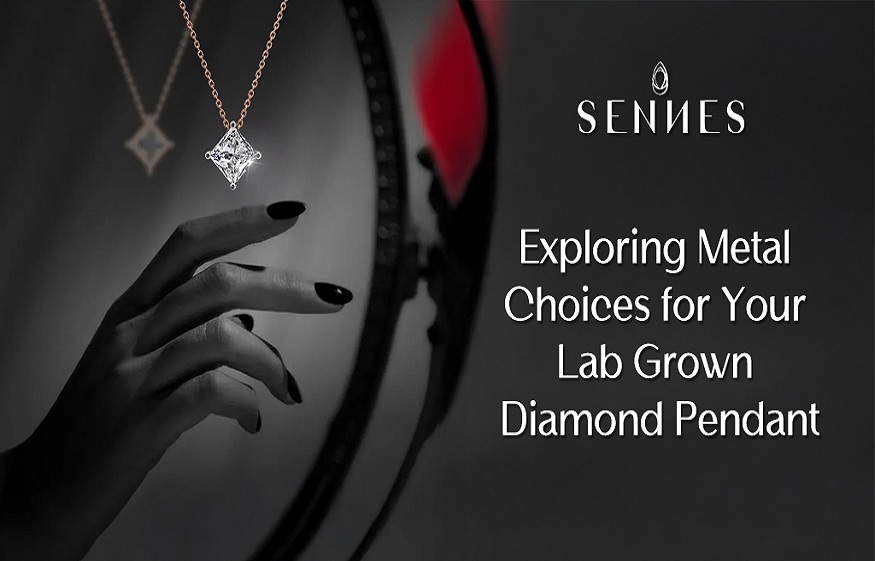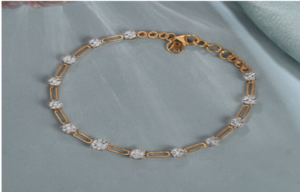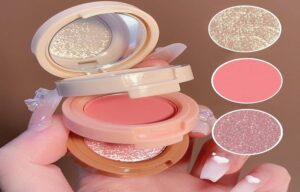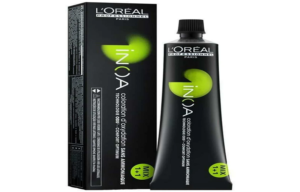Exploring Metal Choices for Your Lab Grown Diamond Pendant
3 min read
Choosing the perfect lab grown diamond pendant is an exciting opportunity to blend timeless elegance with modern, ethical standards. One of the most important decisions you’ll face when selecting a pendant is choosing the right metal to complement your lab diamond. The metal serves as the foundation for your pendant and plays a critical role in the overall look, durability, and style of your piece. Let’s explore some of the most popular metal options and how they can enhance your lab created diamond pendant.
Gold: Classic Luxury in Various Hues
Gold has always been a popular choice when it comes to pendants, with its evergreen appeal and outstanding versatility. Available in several shades, each brings something unique to your lab diamond pendant:
- Yellow Gold: Often associated with classic elegance, yellow gold complements the warmth of both white and colored diamonds.
- White Gold: This bright metal exudes modern style and perfectly complements the brilliance of a lab grown diamond pendant. The rhodium plating on white gold enhances its reflective quality, making it a popular choice for those who prefer contemporary designs.
- Rose Gold: This trendy metal brings a romantic and vintage feel, thanks to its pinkish hue. Rose gold offers a softer look that pairs beautifully with the sparkle of a lab created diamond pendant, especially for those seeking a distinctive color contrast.
Platinum: Durable Elegance
Platinum is the metal of choice for those prioritizing strength and hypoallergenic properties. Its natural white sheen enhances the visibility and sparkle of lab diamonds without the need for additional plating. While platinum’s density gives it a substantial feel, it also means it’s highly durable, making it a long-lasting option for your pendant. However, its rarity often comes with a higher price tag compared to gold, but its investment is well-worth for enduring quality and minimal maintenance.
Silver: Affordable and Versatile
Though less durable than gold or platinum, silver showcases a brilliant white luster that beautifully highlights the shine of lab diamond pendants. To ensure longevity, regular cleaning and care are necessary to prevent tarnish and maintain its brightness. Silver is perfect for anyone looking to build a diverse jewelry collection on a budget while still enjoying elegant designs.
Consider Your Lifestyle and Skin Tone
When choosing the metal for your lab created diamond pendant, it’s important to consider personal factors like lifestyle and skin tone:
- Lifestyle: If you have an active lifestyle and intend to wear your pendant every day, it’s advisable to choose metals such as platinum or gold, which are durable enough to endure frequent use.For occasional wear, silver offers a more economical choice without compromising on beauty.
- Skin Tone: Different metals complement various skin tones. Generally, cool undertones are enhanced by the sheen of white metals like platinum, white gold, or silver.
Mixing Metals for a Unique Touch
For those who enjoy experimentation, mixing metal types can create a visually intriguing and personalized piece. Pairing a lab diamond pendant with a contrasting metal chain can offer a modern twist on a classic design.
Ethical Considerations
When selecting your pendant, remember that the choice of metal is about more than aesthetics and durability. Ensuring your metal is ethically sourced is crucial, especially when paired with the environmentally friendly and ethically sound lab grown diamond pendant. Many jewelers now offer transparency regarding their sourcing practices, allowing you to make informed and responsible choices.
Conclusion
While you’ve likely already made a great choice by opting for a lab created diamond pendant, picking out the ideal metal for it is an essential step in crafting a piece that uniquely embodies who you are. Consider your lifestyle, personal taste, and ethical priorities to find the perfect match, ensuring your pendant not only complements your fashion but also your principles.







